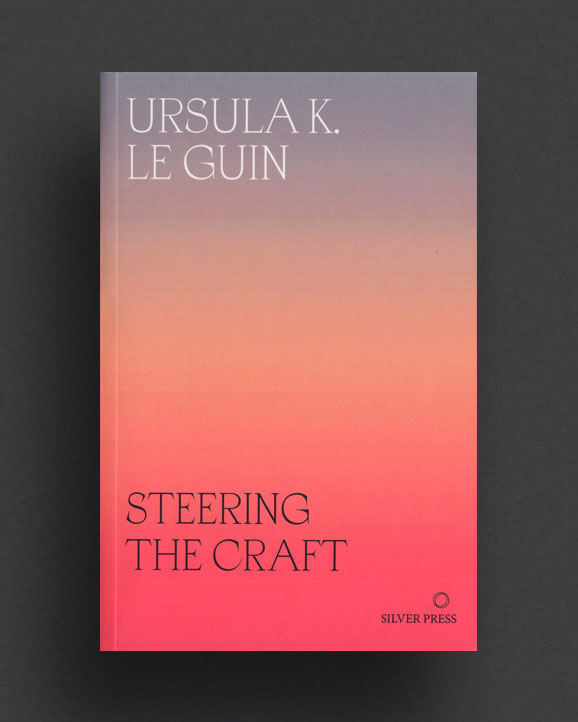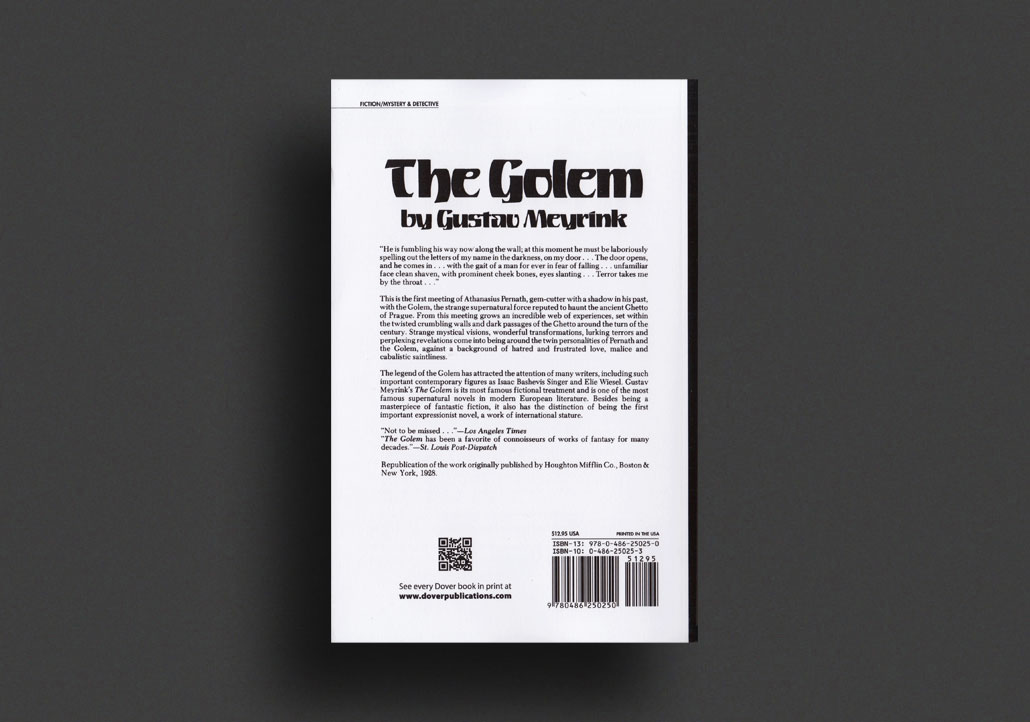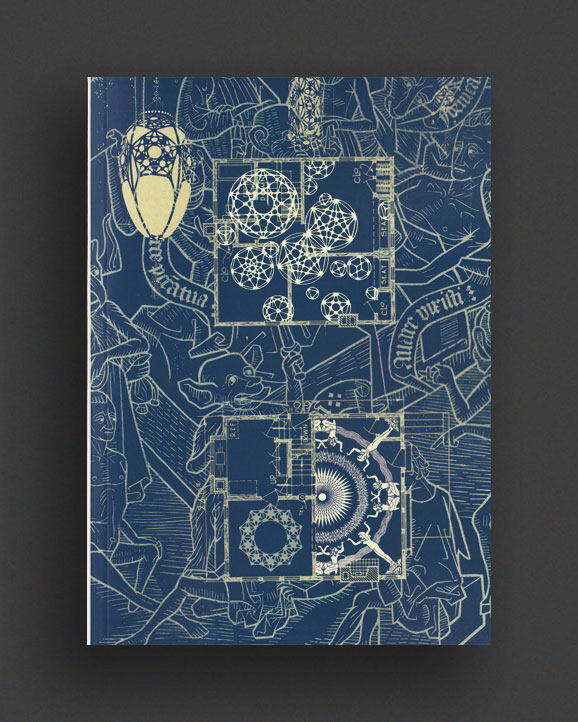(...less)
A novel about a former teen detective going on vacation to die. Featuring original art by Robert Hickerson, Johnny Ryan, B. Thom Stevenson, Mike Diana, and Sammy Harkham.
“The Holy Day is a made-for-television noir pulled inside-out like a skinned rabbit, a musculature of absurdity clinging to a skeleton of secrets. This has more madness and mystery in a single paragraph than most books do in total.”—Daniel Kraus, New York Times best-selling author of The Living Dead, The Shape of Water, and Whalefall
“Reading The Holy Day feels like fighting to wake up from an acid trip within a nightmare. At once both brilliant and maddening. A linguistic perversion that taunts the rules and boundaries of literary form. I would say that this book should be taught in schools but kids are demented enough as it is.”—Dan Ozzi, author of Sellout: The Major-Label Feeding Frenzy That Swept Punk, Emo, and Hardcore
“The return of the wizard of gore with an object to be looked upon (watched) as much as it is to be read. Total fucking soul sacrifice.”—John Trefry, author of Plats
"Like a Nouveau Roman novelization of 2001’s Stargate sequence feeding head-on into a meat processor, experiencing The Holy Day feels simultaneously transcendent and impossible, sacred and nuts. Or as our polyphonous, Argento-tinged ex-teen detective narrator describes it: ‘A well for water; a portal to an even cornier dimension; the headhole in an executioner’s hood; a haunted house squish trick.’ Whatever the hell it is, grindcore icon Christopher Norris’s latest insta-cult classic has once again reset the benchmark for high-concept psycho-horror, along with the reader’s limbic system, and the edges of the map of the dream of death."—Blake Butler, author of Molly and Alice Knott
“Christopher Norris’ The Holy Day is a fever dream from which you won’t want to wake up. Alternately frightening and reassuring, Harriet the Spy enters the House of Leaves in this absolutely singular literary experience. A marvel.”—Lexi Kent-Monning, author of The Burden of Joy
“With blood, guts and imagistic precision, Norris coaxes the unnameable into the light with immense technical skill. Not to be read as much as absorbed, The Holy Day rewires the ways a novel can behave. Expansive, explosive, extreme—this book is an immersive experience.”—Mila Jaroniec, author of Plastic Vodka Bottle Sleepover
“The Holy Day is a shapeshifting puzzle that always seems just out of reach. Just when you think you’ve got your head around it, it changes on you. As hilarious as it is disturbing, Christopher Norris continues to thrill me with his writing. Much like Hunchback '88, The Holy Day is a challenge to the reader, and if you accept it, you'll be rewarded greatly for your efforts.”—Jon Nix, director of Don't Fall in Love With Yourself and Beyond Barricades: The Story of Anti-Flag
“It seems a kind of trickery that a book this unrelatable and menacing should captivate its audience. I recommend you read it slowly and with the care one might reserve for sacred texts.”—Christopher Zeischegg, author of Body to Job and The Magician
“Despite anticipating it madly, Christopher Norris’s second novel sent me spinning in the most disorientating way possible, expectations of something cool and brilliant exceeded instantly. Within the first few pages, it was clear that I was reading something special. Crafted meticulously and buzzing with an energy that I can still feel racing round my brain, The Holy Day takes itself apart and starts rebuilding in front of your eyes. The reader is left questioning what they’re actually holding in their hands—the text is living, and you end up feeling that anyone who doesn’t take these kinds of risks with language and form is a coward, but in reality, only someone with Norris’ skill could pull this off. Once again, Christopher Norris has created an absolute masterpiece, that in any right world, should be worshipped by lovers of leftfield and experimental writing for the foreseeable future and well beyond. Forget it—I’ll stop holding back: this thing should be talked about forever. Rarely does it feel like this – like a book might outrun a reader’s imagination. The Holy Day really is that wild and that fantastic.”—Thomas Moore, author of Your Dreams
“Once again, Christopher Norris shows us that he truly possesses no peers when it comes to his literary output. While The Holy Day does bring the reader into the familiar lair of chaotic prose Norris perfected with his debut, Hunchback ‘88, this work stands at ample distance from the presentations of modern authors whose names might be cast in similar circles. Simply for the sole notion that Norris crafts it with such sure voice, with each line of prose chained to the next in permanence, as if it had always existed. It could have never maintained any other form. Here, readers are willingly strapped to the text’s knotted topology in straps of white leather rather than primitive duct tape. Analogous to the Nouveau Roman, The Holy Day is poetic only as a means to attack its own form. Shifting between chainsaw and scalpel erasure editorial, Norris spawns a text that slithers through the vitreous realms evoked within the pages of Robbe-Grillet’s La Jalousie, Duras’ Moderato Cantabile, and Butor’s La Modification. Through its alchemy, The Holy Day bends time and space at its own discretion, dragging the reader across its looping feedback. A welcomed voyage between admiration and apprehension—though posers are gravely cautioned—‘Submission is a lesson learned.’”—William Watson, author of House of Delete
File under:
Christopher Norris
Rose Books / Arizona
Weird / Speculative / Science Fiction
Transgressive / Visceral / Abject
Fiction / Poetry
SALE




































































































































































































